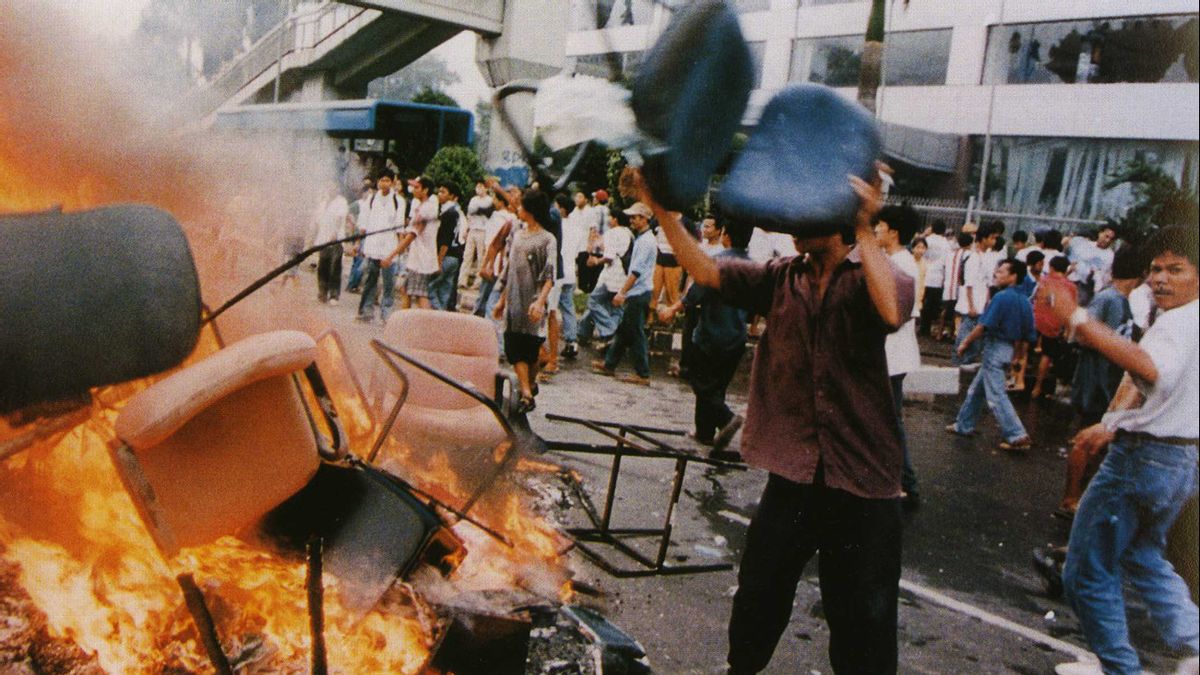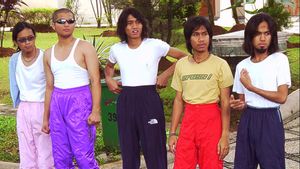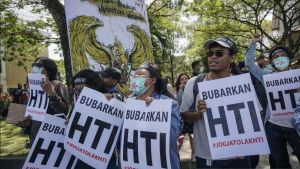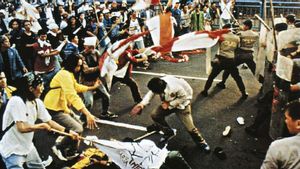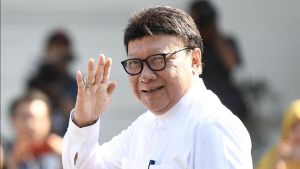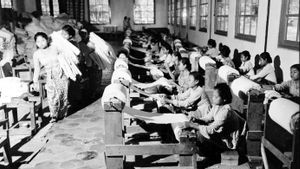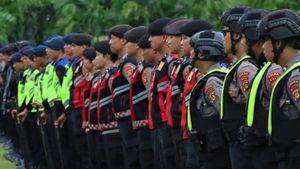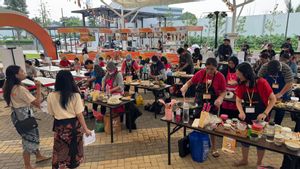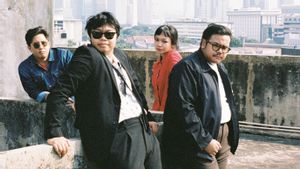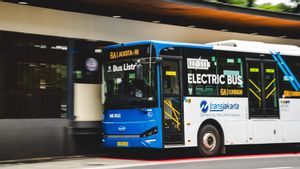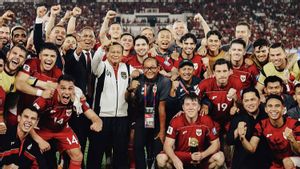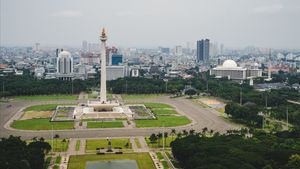JAKARTA - The power of Suharto and the New Order (Orba) was shaken by the Indonesian people in May 1998. The Indonesian people who screamed actually rose against the New Order because of the economic recession that strangled them. The demonstration took place everywhere. They wanted Suharto to step down. The New Order government is like a wrong strategy.
They chose a violent approach. Trasakti's tragedy tarnished the face of the New Order. The tragedy made the situation uncontrollable. Riots in May 1998 were present. The looting and rape of ethnic Chinese were historical wounds. The government again made a mistake. They actually formed Pam Swakarsa.
The presence of the 1997-1998 economic recession brought all Indonesian people into poverty. The people no longer choose to remain silent. They moved against Suharto and the New Order. Actions took to the streets and were chosen as the main option.
Suharto's desire to step down continues to accompany him. Action participants are increasing in Jakarta. Instead of the government choosing an approach to embracing students, the New Order remains loyal to using violent means. The violent move was present when security forces attacked students.
Take for example Trisakti University students who were heading to campus on May 12, 1998. Four lives died. They include Elang Mulia Lesmana (Fulty of Civil Engineering and Architectural Department Planning), Hafidhin Royan (Fulty of Civil Engineering and Civil Engineering Planning), Hery Hartanto (Faculty of Industrial Technology), and Hendriawan Sie (Fulty of Economics).
This condition brought balance among the security forces. In fact, violence cannot be done to deal with conflict. Regret is just regret, the news of the repression of the government killing students actually provokes anger.
The day after, or May 13, 1998. All the people immediately filled the city to protest. Security forces seemed to reduce the operation of chaos. The situation became out of control. The looting and arson occurred so freely. In fact, in front of the eyes of the security forces themselves.
People who move like they don't feel strangeness why the authorities are reduced. This condition was then used to carry out looting. Many of the shops looted and then burned. The rest of the riots are increasingly targeting many things, racial sentiment.
SEE ALSO:
Ethnic Chinese is an overflow of anger. Sexual harassment and mass rape of ethnic Chinese women took place everywhere. Some of them were not only raped, but also murdered.
During the same day, the ABRI Information Center reported that the death toll of riots and looting in Jakarta reached 500 people (excluding victims outside Jakarta). Most of the victims who died were people trapped in malls or shopping complexes who were victims of looting and arson.
About 1,000 looters were arrested and secured. DKI Jakarta Governor Sutiyoso in a statement to the press reported damage due to riots, looting, and arson on May 13-14, 1998 as follows: 4,939 buildings (offices and shopping facilities); 64 bank offices; 1,119 private cars; 66 public transportation; 821 motorcycles caught fire; and 1,026 houses were damaged by fire. Especially for physical damage to buildings, temporary losses are estimated at 2.5 trillion rupiah, "said Djarot Saiful Hidayat and Endi Haryono in the book Politics and Ideology of the PDI Perjuangan 1987-1999: Discovery and Victory (2023).
Riot Gelora May 1998 continued outside Jakarta. The increasingly out of control made Suharto take a stand. He, who was previously comfortable with his position as the number one person in Indonesia, began to worry. Suharto took the decision to resign as President of Indonesia on May 21, 1998.
Bacharuddin Jusuf (BJ) Habibie immediately took over Suharto's position as Indonesia's number one person during the transitional government. This condition did not dampen the anger of the people. Moreover, rumors that the Indonesian government was developing will again hold the MPR Special Session on 10-13 November 1998.
The trial was predicted as a military step to continue to establish his power in the archipelago. The trial was used as an invitation to appoint members of the DPR from the ABRI Working Group, which will be changed in calling him a ABRI Soldier only.
The anger of the Indonesian people peaked. The TNI Commander, Wiranto, worked together. Indonesian Military Leader Kivlan Zen said he was ordered by Wiranto to form a Swakarsa Community Security Force (Pam Swakarsa) during the transition era.
The Pam Swakarsa troops were deliberately formed to secure the Special Session in November 1998. Alias Pam Swakarsa was used as a military defender so as not to deal with direct civilian masses such as in the Semanggi Tragedy or the May 1998 Riots.
Volunteer Pam Swakarsa emerged from young groups from various regions. Some of them come from a popular mass organization. They are planned to be placed in various locations to fight demonstrators.
Problems arise. Clashes between students and the military, Brimob and Pam Swakarsa were inevitable in November 1998. The incident resulted in many fatalities. Pam Swakarsa is said to be an important actor who sparked the tragedy of Semanggi I and II.
The ABRI Commander issued an Operational Plan, including Pam Swakarsa's support to support ABRI in securing the MPR Special Session. In its implementation, Pam Swakarsa will be in front around the MPR Building.
"Meanwhile, the Regional Police behind Pam Swakarsa, and the TNI behind the Regional Police. If Pam Swakarsa is unable to face the masses, then the Regional Police and the TNI go forward, and Pam Swakarsa retreat back," explained Kivlan Zen as compiled by Titi Dwi in the book Kivlan Zen : Personal Memoranda, From Fitnah to Slander (2022).
The English, Chinese, Japanese, Arabic, and French versions are automatically generated by the AI. So there may still be inaccuracies in translating, please always see Indonesian as our main language. (system supported by DigitalSiber.id)
